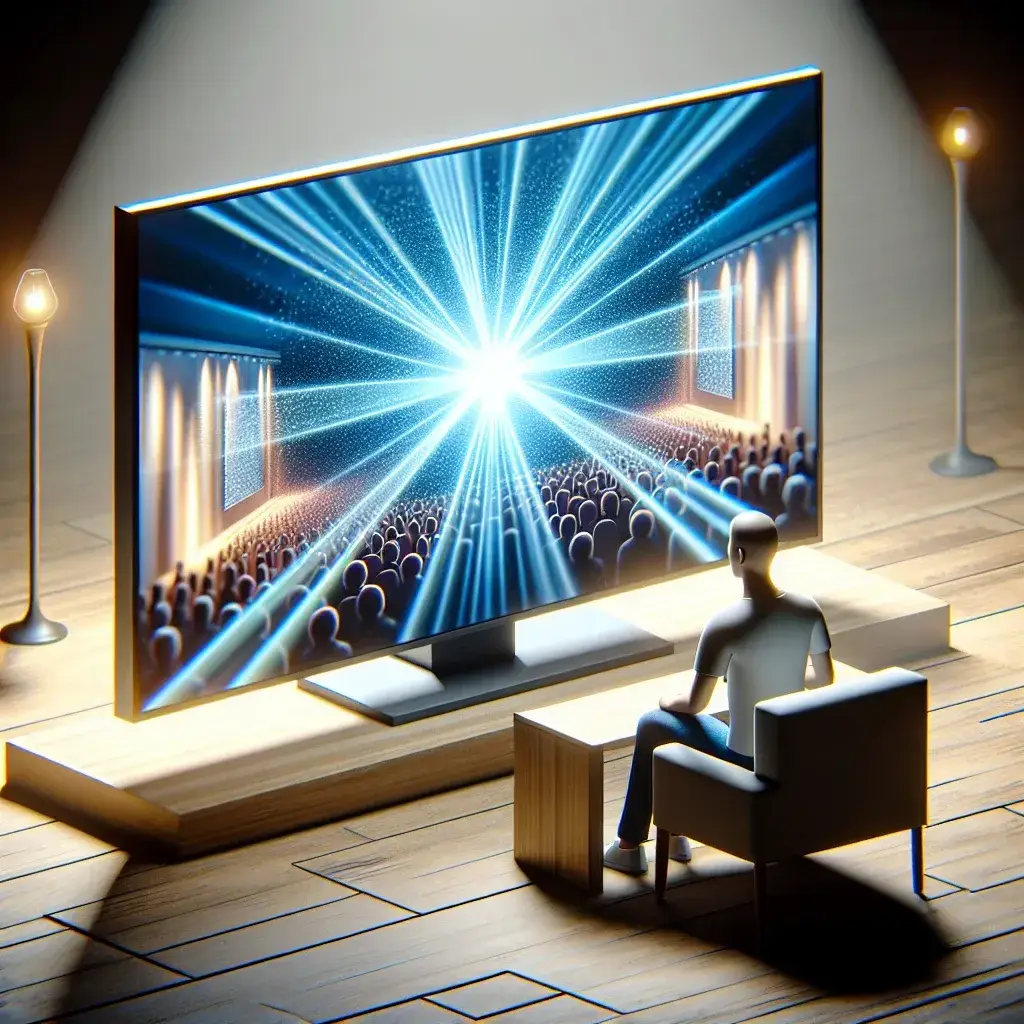Introduction
LED monitors have become the standard in the display market due to their clarity, energy efficiency, and longevity. However, one critical factor that users often overlook is the viewing angle. The viewing angle of an LED monitor can significantly impact its performance, affecting color representation, contrast, and overall user experience.
Understanding Viewing Angles
Viewing angles refer to the maximum angle from which a display can be observed with acceptable visual performance. It usually includes vertical and horizontal angles at which the image remains readable without major distortions.
Technical Specifications
Here’s a table that outlines standard viewing angles for different types of LED monitors:
| Type of LED Monitor | Horizontal Viewing Angle | Vertical Viewing Angle |
|---|---|---|
| TN (Twisted Nematic) | 170° | 160° |
| IPS (In-Plane Switching) | 178° | 178° |
| VA (Vertical Alignment) | 178° | 178° |
Impact on Color Accuracy
Color accuracy is crucial for tasks such as photo editing and graphic design, where precise color representation is essential. Different LED technologies handle color accuracy differently under varying viewing angles:
- TN Monitors: TN panels are known for their high refresh rates but suffer the most in terms of color accuracy. As the viewing angle deviates, colors can appear washed out.
- IPS Monitors: IPS panels offer superior color accuracy, retaining their colors even at wider angles. This makes them ideal for professional use.
- VA Monitors: VA panels provide a middle ground, with decent color accuracy and better black levels compared to TN panels.
Consequences on Contrast Ratio
The perceived contrast ratio also changes with different viewing angles. A monitor with poor viewing angles can appear to have a lower contrast ratio as the angle widens.
Here’s a quick comparison:
| Type of LED Monitor | Contrast Ratio Stability |
|---|---|
| TN | Poor |
| IPS | Good |
| VA | Excellent |
User Experience
Viewing angles can significantly influence the user experience, not just in professional settings but also in everyday use:
- Gaming: For gamers, a wide viewing angle is less critical since they usually sit directly in front of the screen. However, fast refresh rates are crucial, making TN panels popular among gamers despite their poorer viewing angles.
- General Use: For tasks like reading and browsing, wider viewing angles provide more flexibility and a consistent viewing experience.
- Multimedia Consumption: Movies and videos are best enjoyed on screens that maintain color and contrast across a wide range of angles, making IPS and VA panels more suitable.
Choosing the Right Monitor Based on Viewing Angle
When deciding on an LED monitor, consider what you will primarily use it for:
- Professional Work: For graphic design, video editing, and similar tasks, an IPS monitor offers the best color accuracy and consistent viewing experience.
- Gaming: If you’re more inclined towards gaming, a TN panel with a high refresh rate may be more beneficial, provided that you sit directly in front of the screen.
- General Use: For all-around use, VA monitors offer a good balance of performance attributes, including viewing angles.
Conclusion
Understanding the impact of viewing angles on LED monitors can help you make an informed choice suited to your specific needs. Whether your priority is color accuracy, contrast, or refresh rates, the type of panel you choose will significantly impact your overall experience. Always consider how viewing angles will affect your primary usage to ensure optimal performance.

